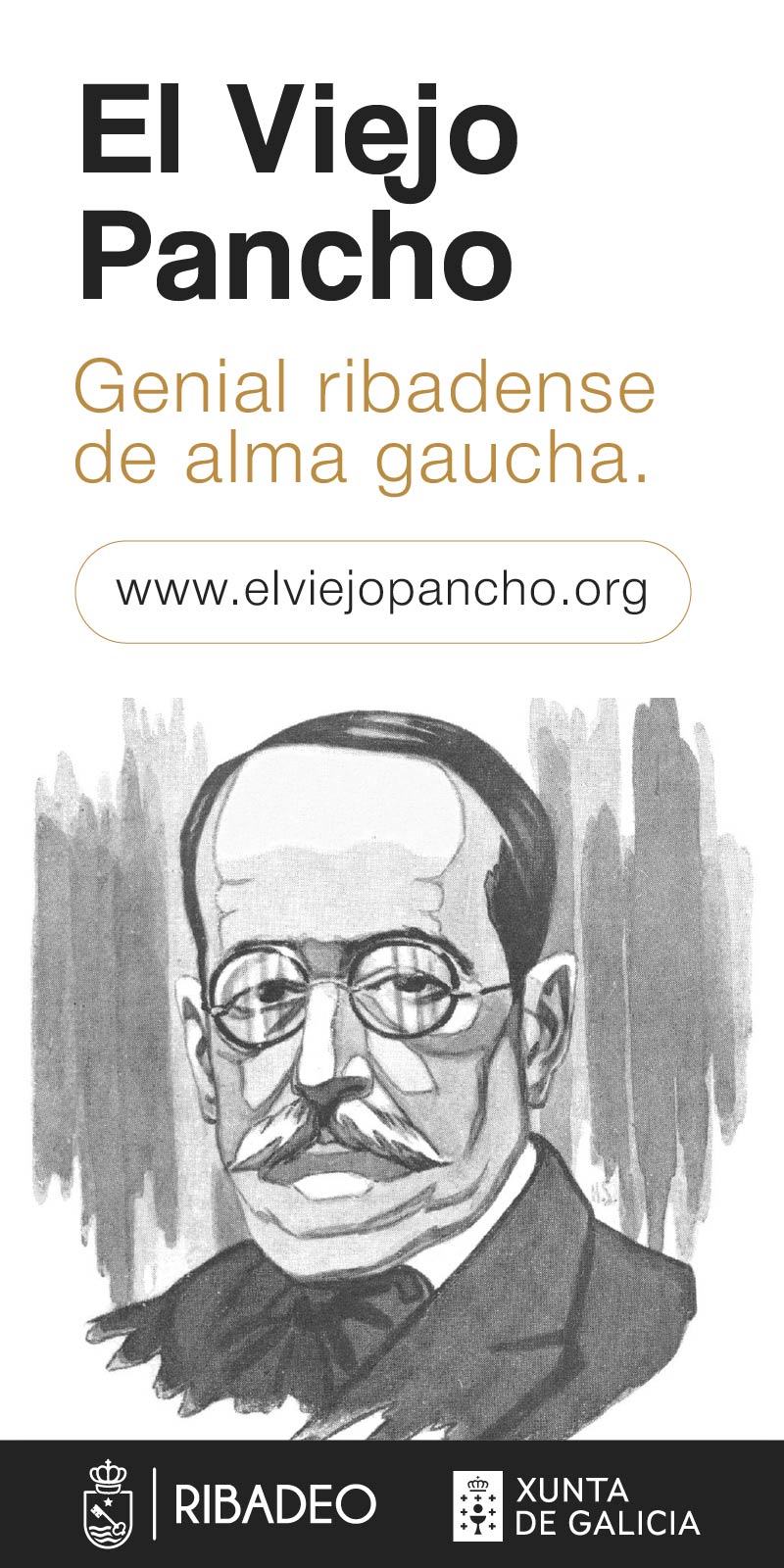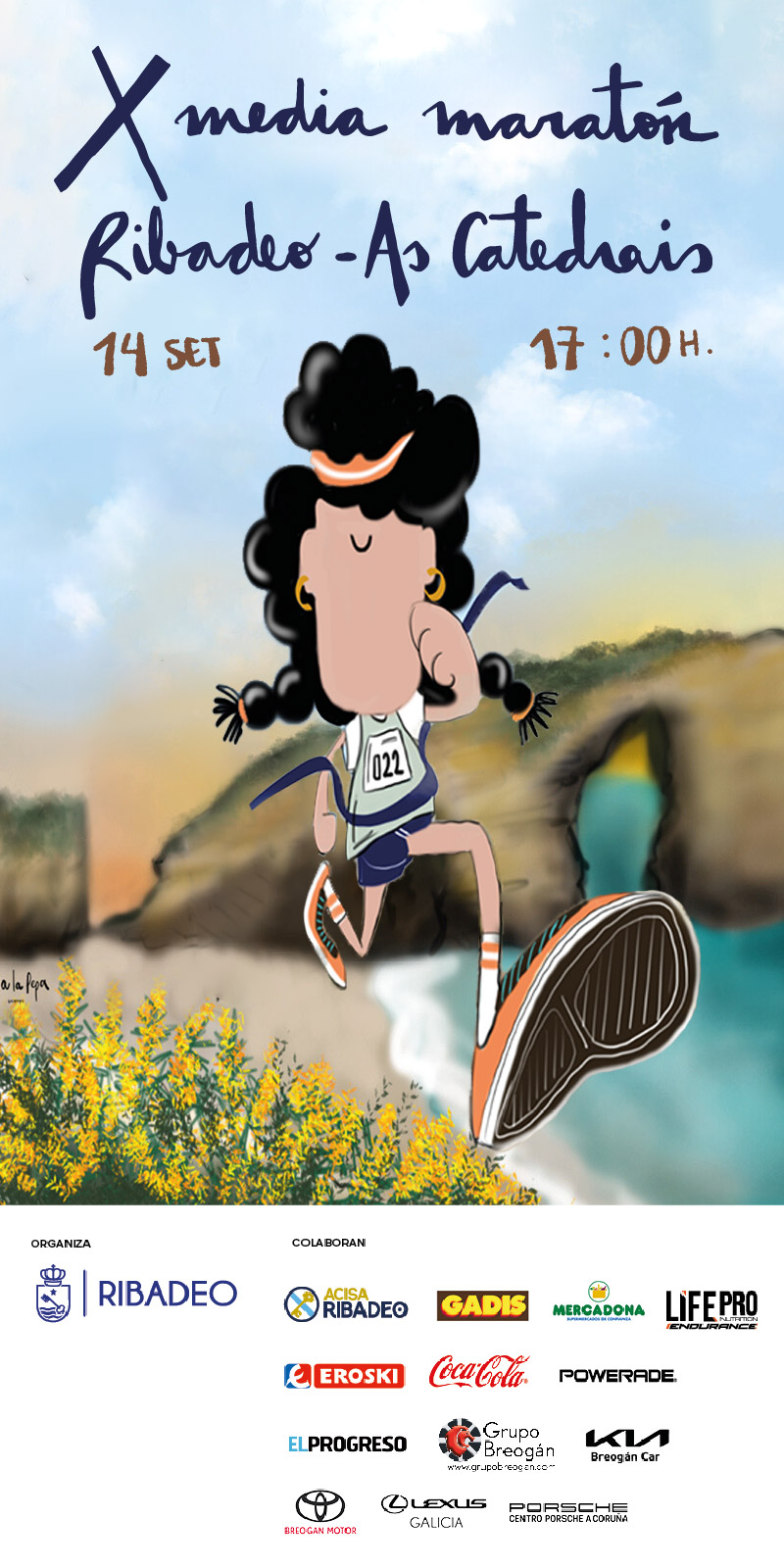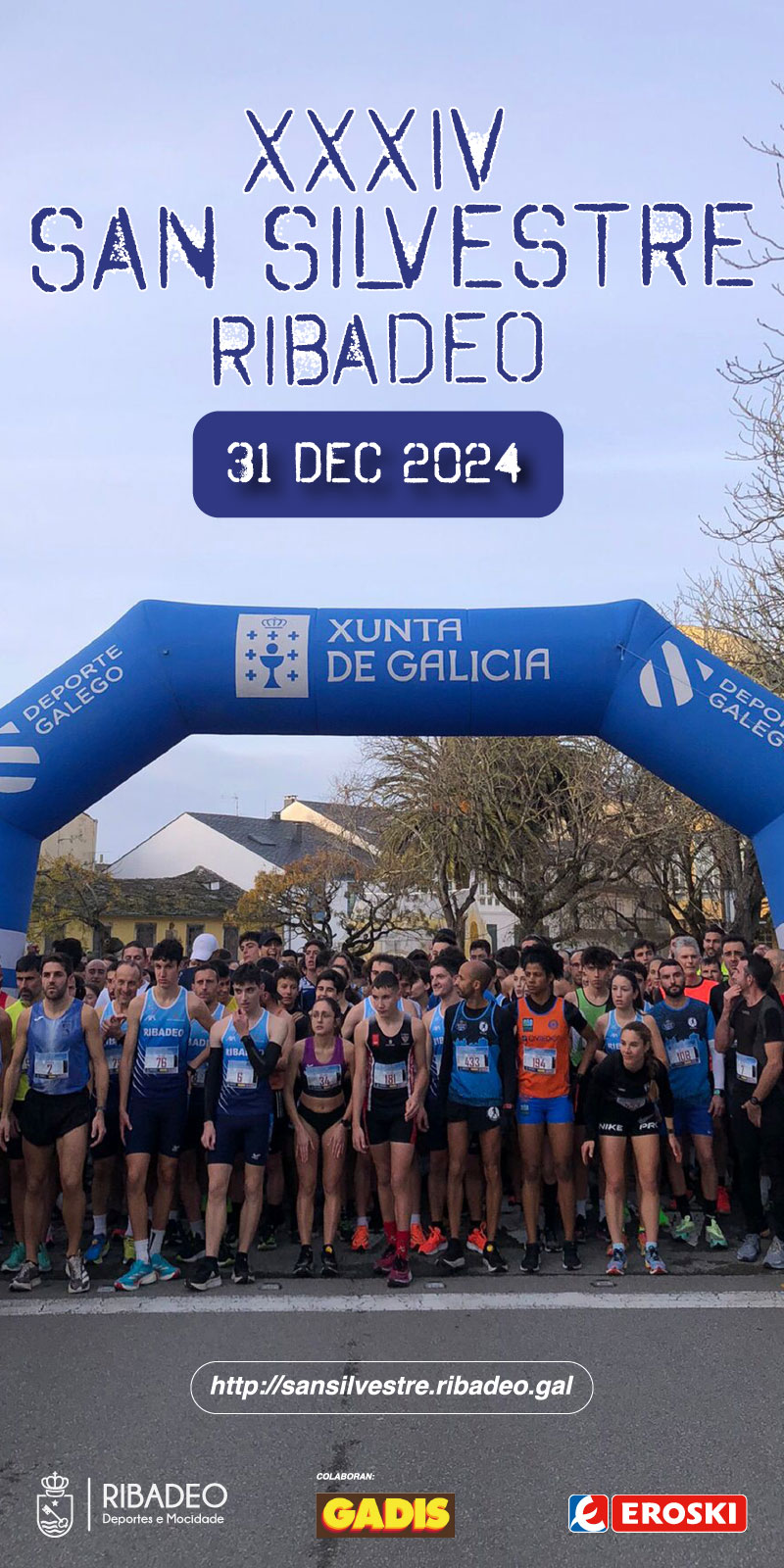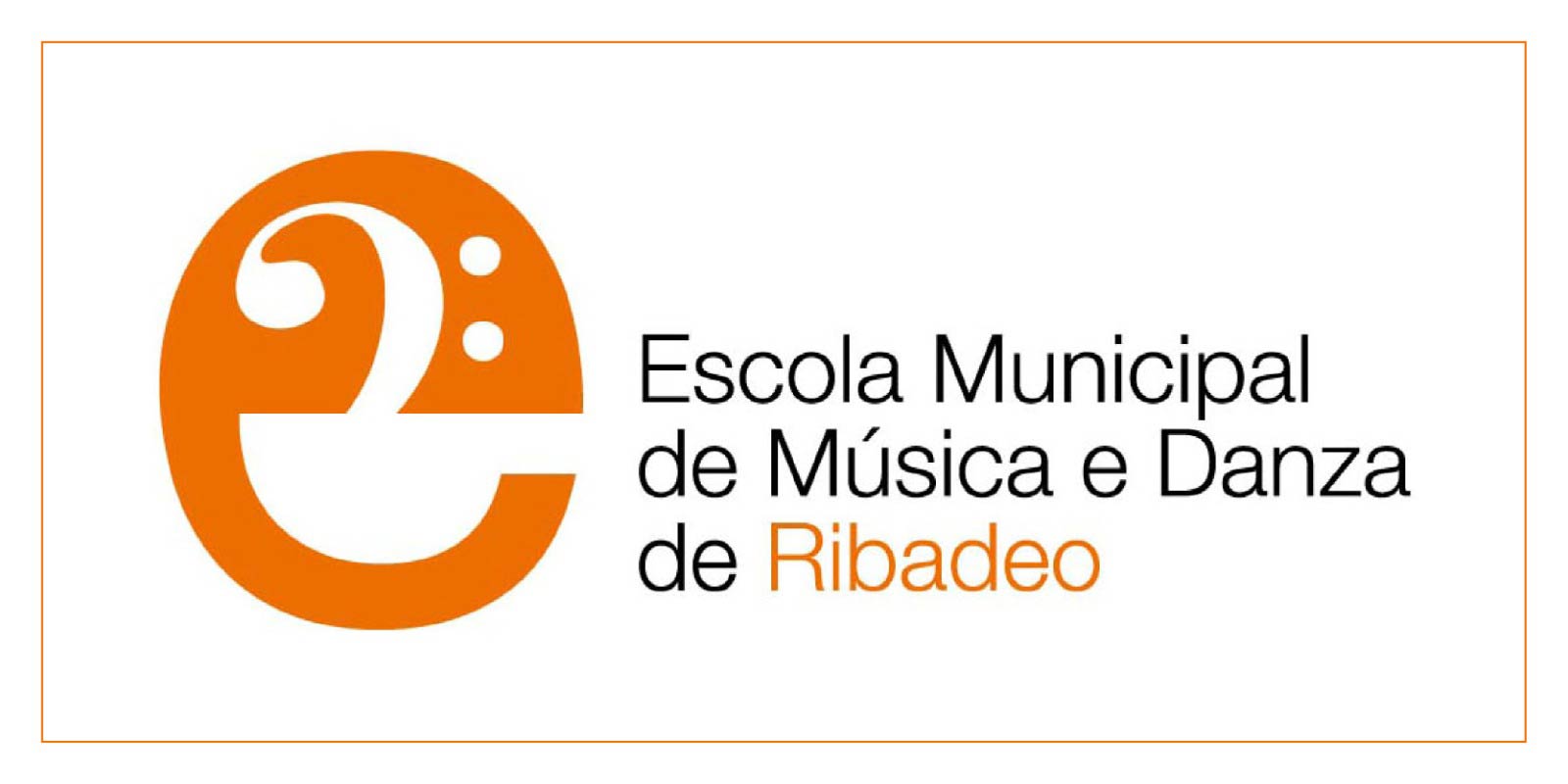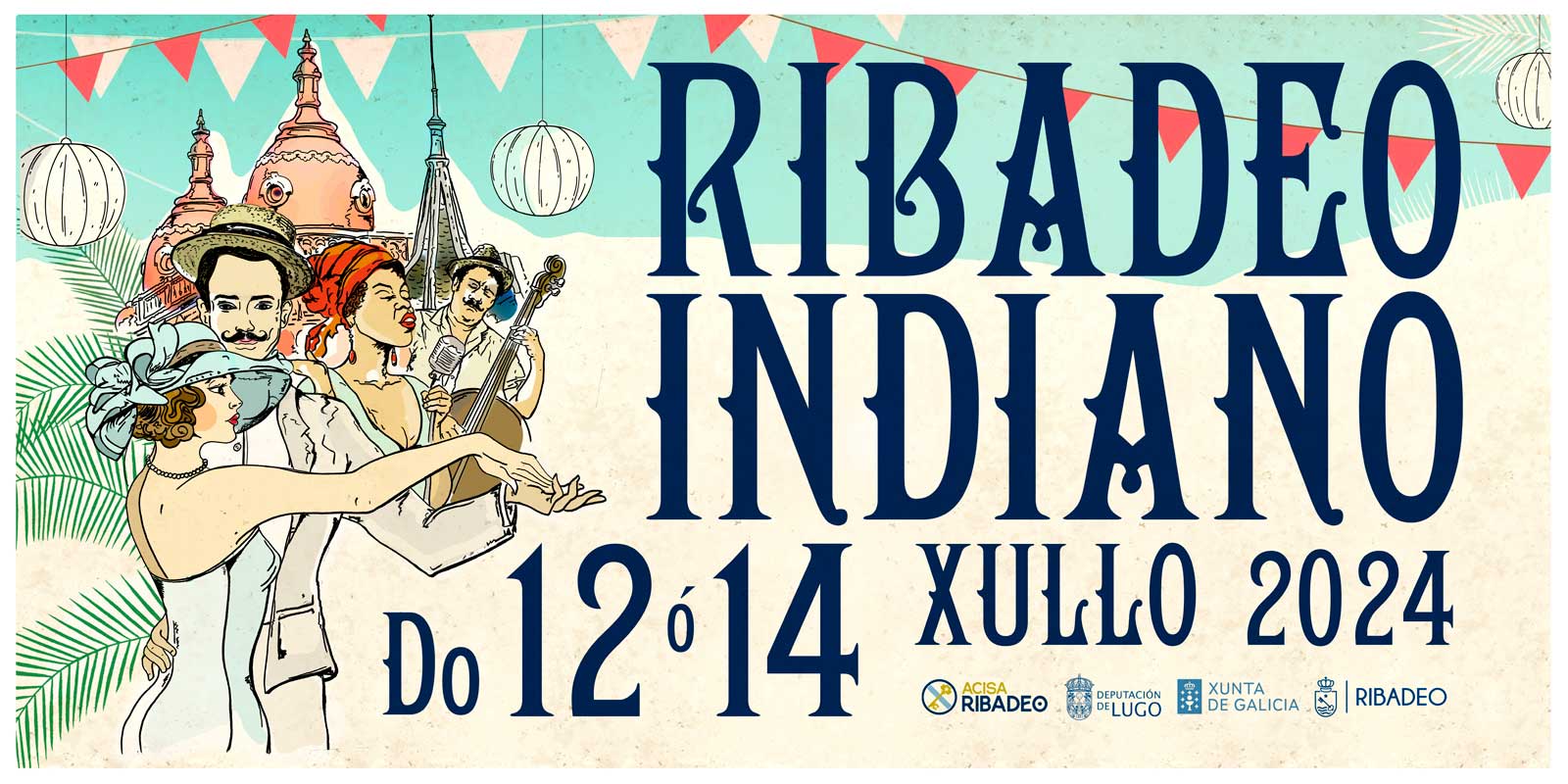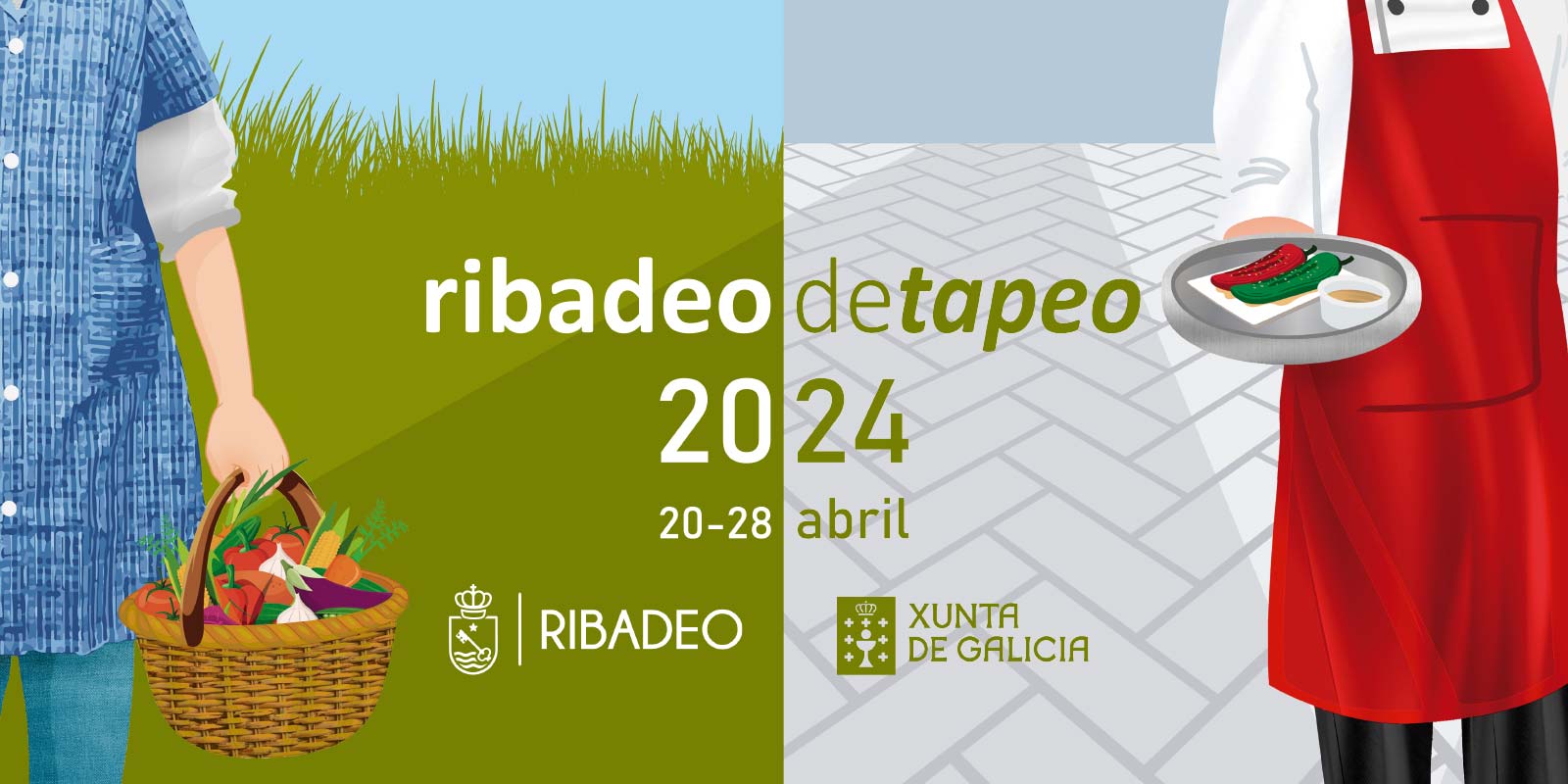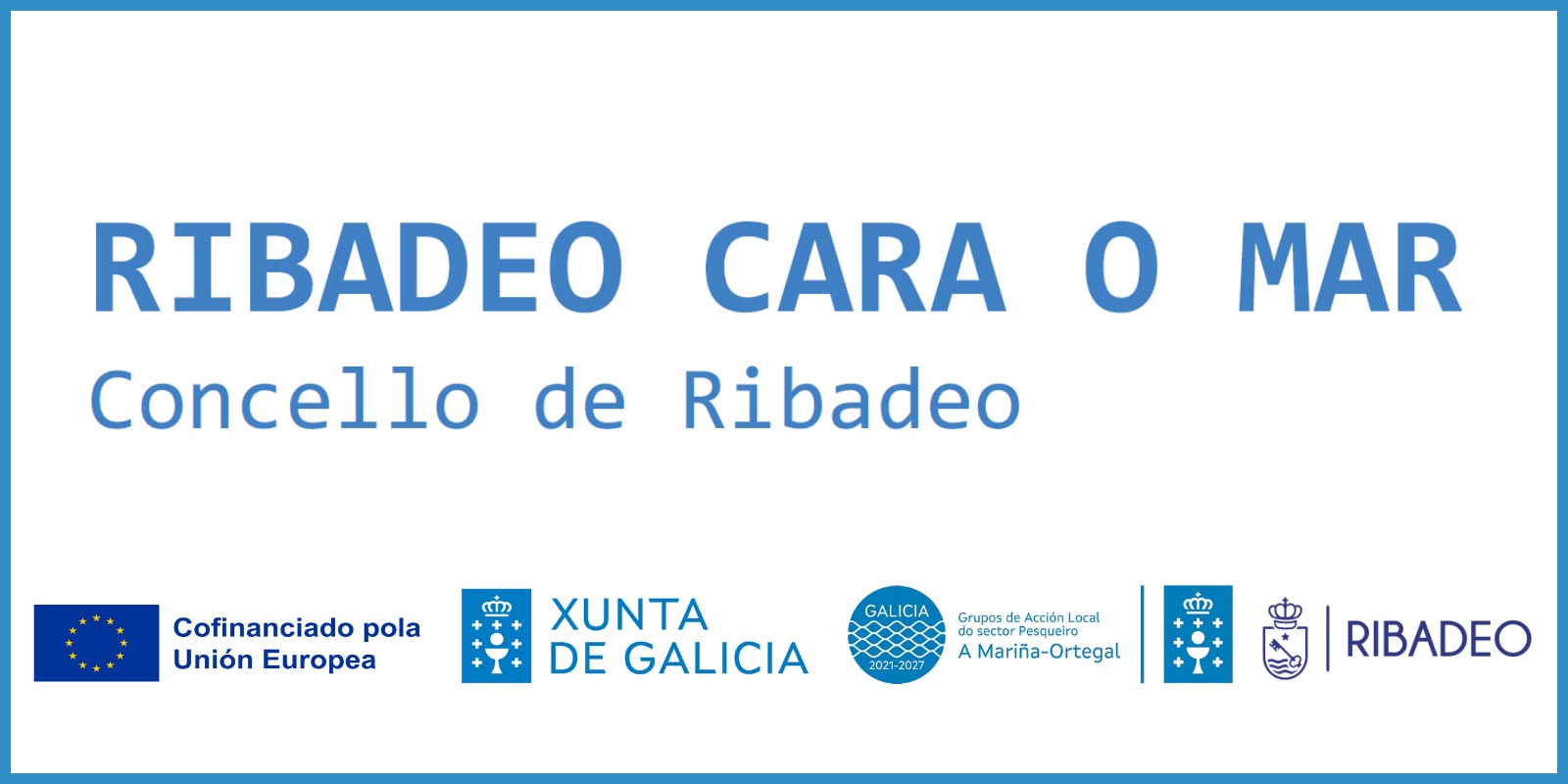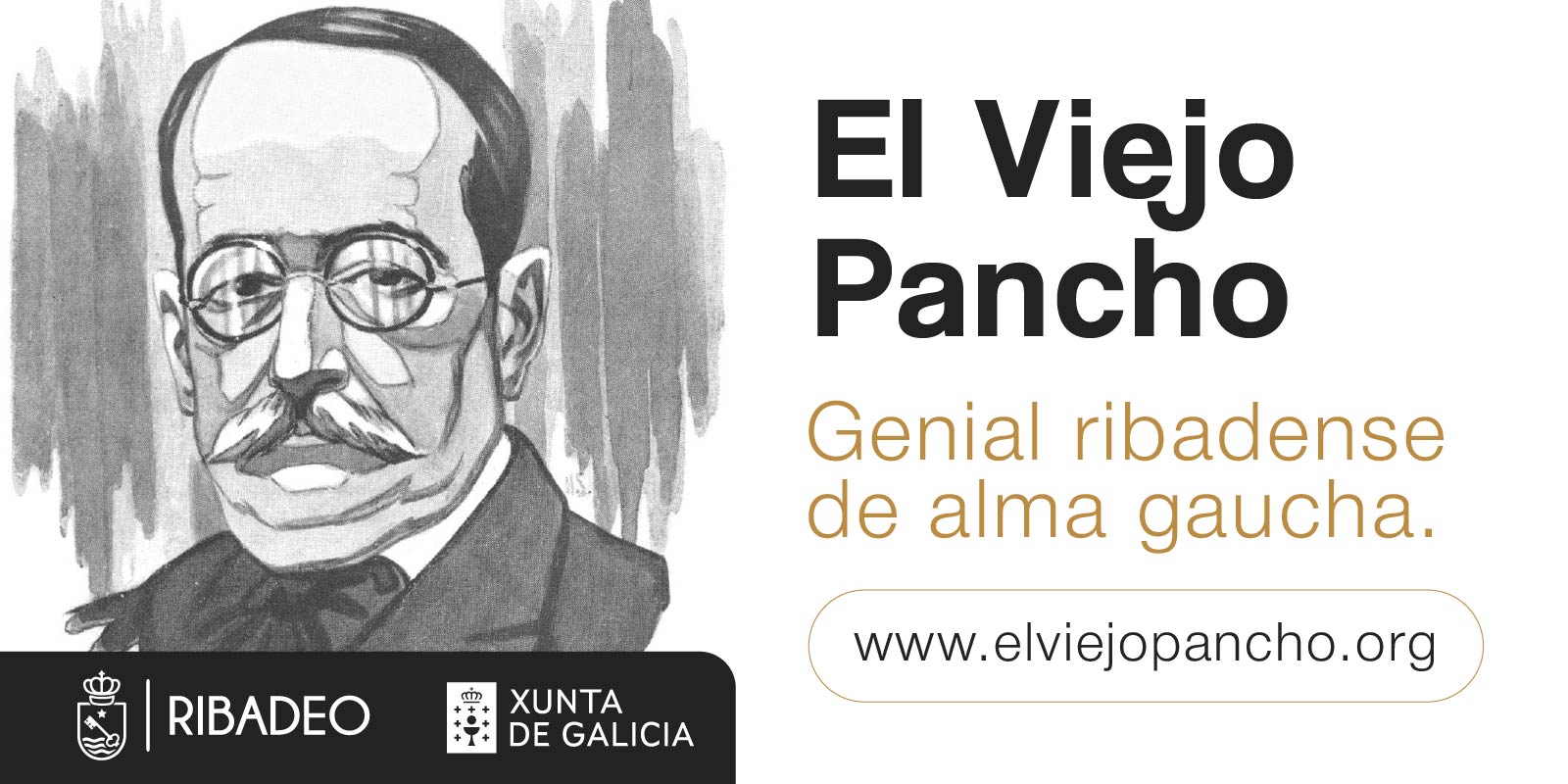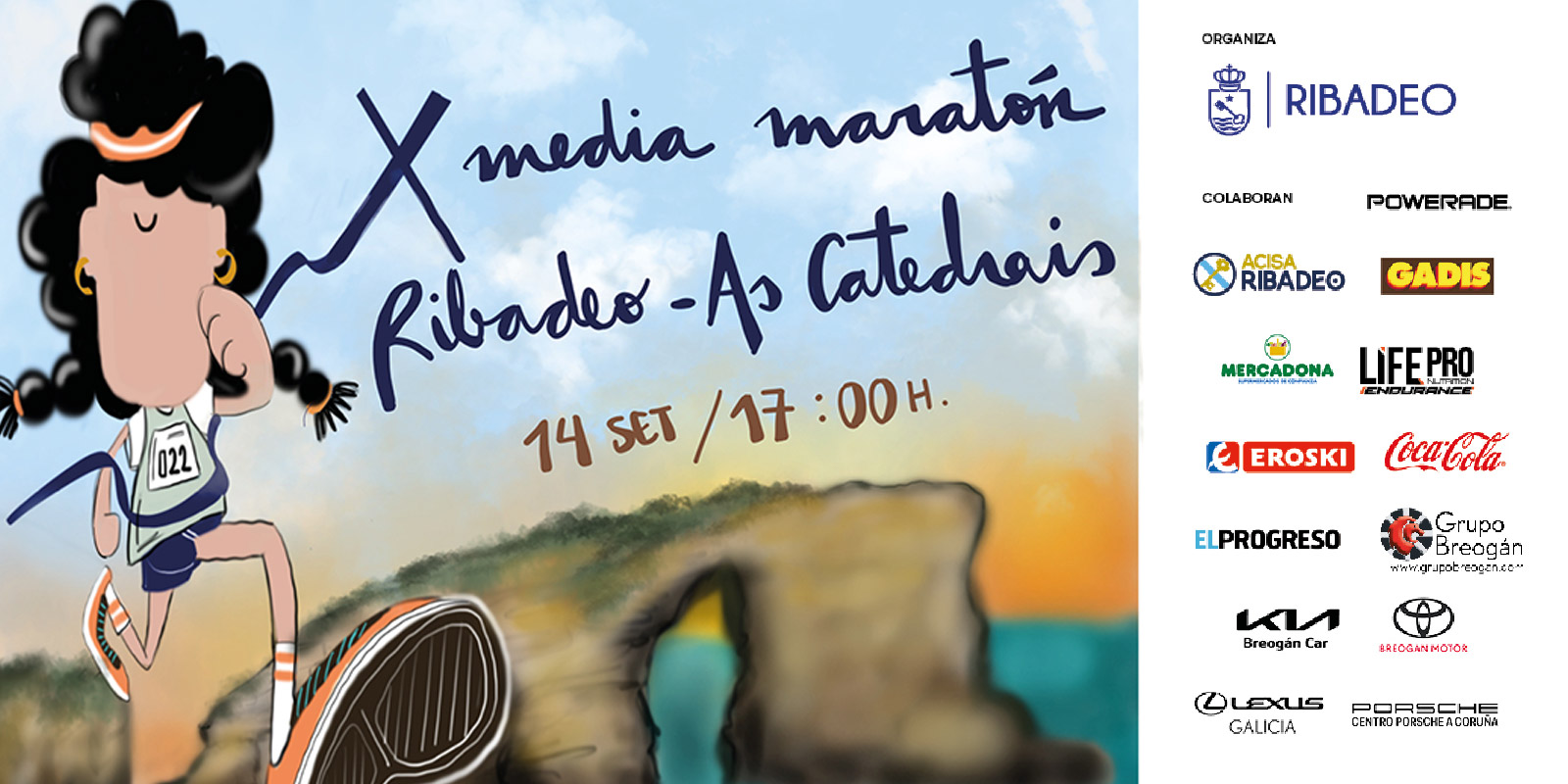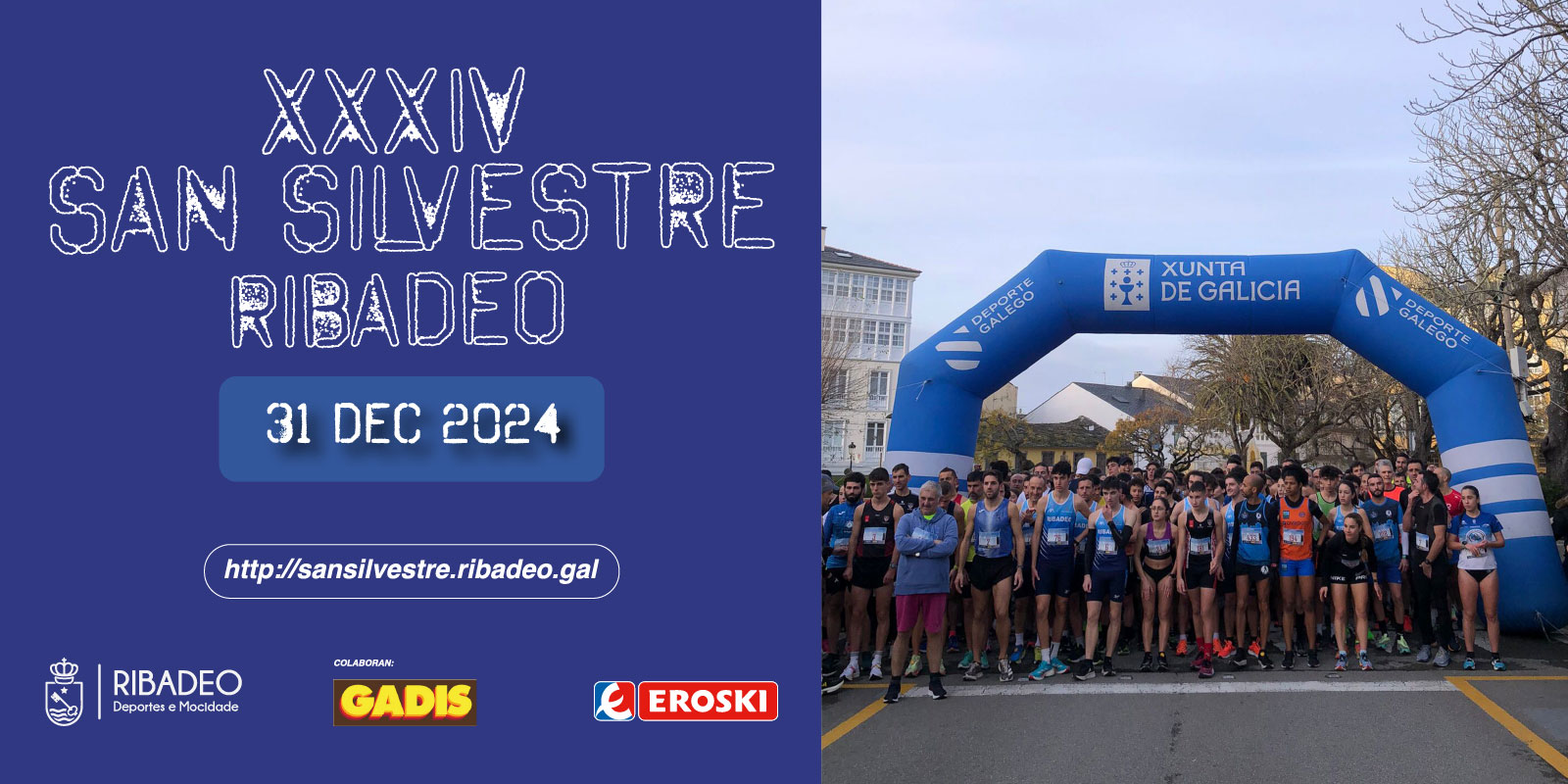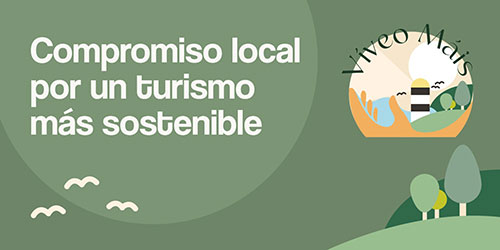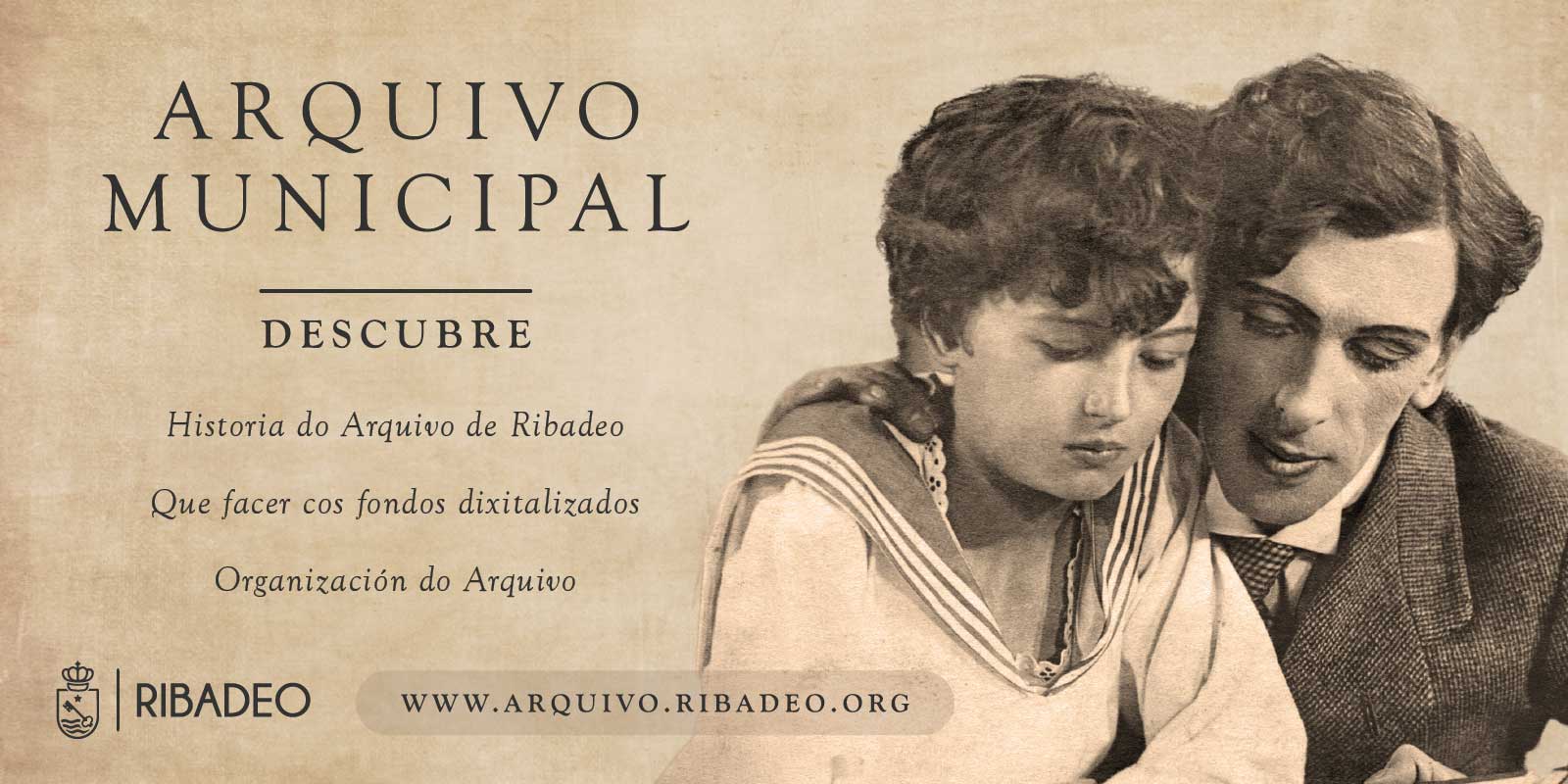28 Marzo, 2025
Ribadeo é un dos Concellos da provincia que recibe máis fondos europeos.
Así o ven de subliñar o alcalde, Dani Vega.
27 Marzo, 2025
O alcalde de Ribadeo participa en Logroño na xuntanza da comisión de políticas integrais de discapacidade.
O alcalde de Ribadeo, Dani Vega, participa hoxe en Logroño na xuntanza da…
27 Marzo, 2025
Ribadeo acollerá o 30 de marzo o XXVII Torneo de Ximnasia Rítmica, que organizan o club local Escola Porta Norte e o Concello.
O evento reunirá a preto de 700 ximnastas.
26 Marzo, 2025
Ribadeo celebrará o 25 aniversario como destino turístico e os 20 anos como Ben de Interese Cultural o vindeiro 3 de abril nun acto que contará coa presenza do presidente da Xunta, Alfonso Rueda.
O evento terá lugar no auditorio municipal.
25 Marzo, 2025
Non haberá Queima do Antroido en Ribadeo.
Así o decidiron esta mañá a comisión organizadora e o Concello, que explican…
28 Marzo, 2025
Ribadeo é un dos Concellos da provincia que recibe máis fondos europeos.
Así o ven de subliñar o alcalde, Dani Vega.
27 Marzo, 2025
O alcalde de Ribadeo participa en Logroño na xuntanza da comisión de políticas integrais de discapacidade.
O alcalde de Ribadeo, Dani Vega, participa hoxe en Logroño na xuntanza da comisión de políticas integrais de discapacidade.
27 Marzo, 2025
Ribadeo acollerá o 30 de marzo o XXVII Torneo de Ximnasia Rítmica, que organizan o club local Escola Porta Norte e o Concello.
O evento reunirá a preto de 700 ximnastas.
26 Marzo, 2025
Ribadeo celebrará o 25 aniversario como destino turístico e os 20 anos como Ben de Interese Cultural o vindeiro 3 de abril nun acto que contará coa presenza do presidente da Xunta, Alfonso Rueda.
O evento terá lugar no auditorio municipal.
25 Marzo, 2025
Non haberá Queima do Antroido en Ribadeo.
Así o decidiron esta mañá a comisión organizadora e o Concello, que explican que “tras dous aprazamentos por mor do vento e da choiva, chegamos á conclusión de que estamos moi fóra de data para…







